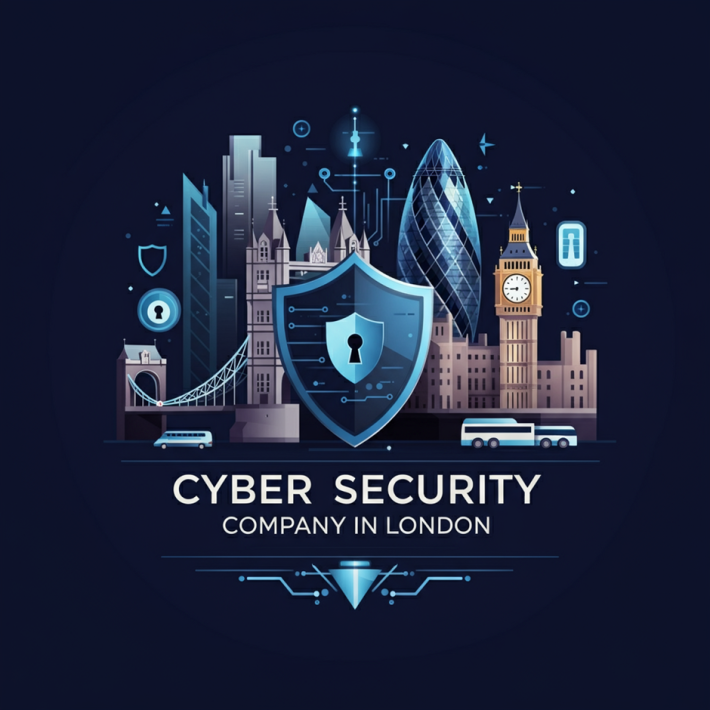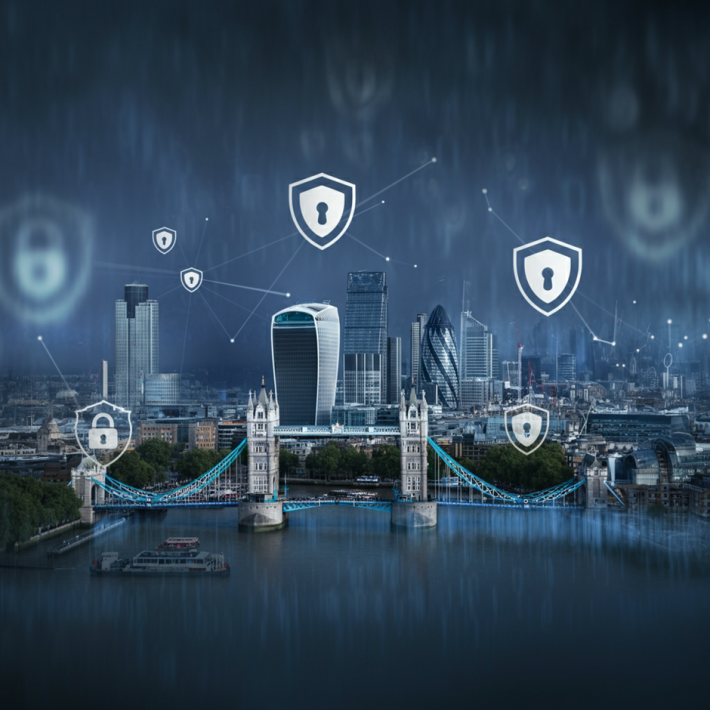Why Phishing Awareness Training Is No Longer Optional?

Cybersecurity threats are no longer an IT department concern in today’s AI Era. They are a business risk that organizations face every day, and perhaps the most crafty and destructive one among them is phishing. What used to be a dodgy-looking email offering a foreign inheritance has become advanced, hyper-personalized attacks that can bring down organizations of any size.
Phishing is not disappearing. It’s smarter, it’s faster, and it’s happening more often. That’s why phishing awareness training is no longer voluntary, it’s mandatory.
What Is Phishing?
Phishing is a social engineering attack by which cybercriminals impersonate trusted parties such as banks, employers, or even government organizations to fool people into imparting sensitive information like passwords, credit card data, or login credentials.
- It can arrive through:
- Email (traditional phishing)
- SMS (smishing)
- Phone calls (vishing)
- Social media messages
- Fake websites
Why It’s Now a Critical Business Priority
1. Phishing Is the Gateway to Bigger Attacks
Phishing is usually the entry point for larger attacks such as ransomware, data breaches, and identity theft. With one compromised employee, attackers can expand their access, infect networks, and steal proprietary data.
Colonial Pipeline was attacked with ransomware in 2021 that started with a single breached password likely obtained through a phishing attack. The hack forced fuel delivery to the Eastern U.S. to come to a halt, triggering national panic.
A UAE logistics firm also reported a significant security incident in 2023 when an employee opened a phishing mail mimicking an Etisalat billing alert.
Hackers broke into internal systems, leading to financial loss and customer data compromise.
2. Remote Work Has Expanded the Attack Surface
The worldwide movement toward remote and hybrid work has erased the boundaries between business and personal digital behaviors. Employees use company infrastructure from home networks, mobile devices, and public Wi-Fi.
Without frequent phishing awareness training, employees are more likely to click on malicious links when they’re away from the corporate firewall.
An Abu Dhabi cafe based worker may access public Wi-Fi and be sent a WhatsApp message impersonating their manager. Due to lack of knowledge about the methods of phishing, they may inadvertently exchange login credentials or corporate files.
3. Phishing Tactics Are Evolving Rapidly
Those days of poorly written emails with blatant grammatical errors are behind us.
Now, phishing attacks are researched, targeted, and realistic. They can even employ AI to create realistic messages and fake actual emails or websites.
Some of these techniques are:
- Spoofed sender addresses
- Urgent “action required” subject lines
- Links to cloned websites
- Fake invoices or payment requests
4. High-Value Targets Are More Vulnerable Than Ever
Executives and finance departments are especially susceptible to spear phishing a focused phishing attack designed for high level employees. The attacker usually uses LinkedIn or corporate press releases to create authentic-sounding messages.
In Dubai, a mid-level trading company CFO was sent an email purporting to be from their CEO, asking for a wire transfer in a hurry. The email even copied their in-house email template and signature. It was detected only at the bank’s end after almost $200,000 was on the verge of being transferred to a criminal account.
What Makes Phishing Awareness Training Effective?
Phishing training is not about simply exposing individuals to scary tales, it’s about behavior modification. Here’s what a successful training program consists of:
1) Simulated Phishing Tests
Send mock phishing messages to staff and monitor who clicks. This creates awareness in a risk-free environment.
2) Role-Based Phishing Awareness Training
Target content at the employee’s job function. Your marketing staff, for example, may receive emails from “social media partners,” whereas your finance staff are attacked with spoofed invoices.
3) Bite-Sized, Ongoing Lessons
Instead of yearly PowerPoint presentations, contemporary Phishing Awareness training consists of monthly brief videos, tests, and email hygiene checklists.
4) Multilingual & Culturally Sensitive Modules
Particularly in the UAE, as workplaces are extremely multicultural, having Phishing Awareness training in more than one language guarantees enhanced understanding among nationalities.
It’s Not Just a Tech you should Improve: It’s a People you must Train
You may have the best antivirus, firewall, and spam filters available, but humans are always the weakest link in cybersecurity.
Training ensures that each of your employees becomes a human firewall, someone who can identify a phishing attempt and put the brakes on it.
A receptionist at a Sharjah-based real estate firm opened an email with an attachment named “Tenant Complaint.” Due to frequent Phishing Awareness training, she hesitated, noticed the sender’s unusual address, and forwarded it to the IT department. That brief moment of vigilance avoided a malware infection that might have resulted in stolen property sale records.
Real Business Benefits of Phishing Awareness
- Reduced risk of ransomware
- Lower cyber insurance premiums
- Improved compliance posture
- Increased employee confidence in digital tools
Training Is Cheaper Than Recovery
Phishing Awareness training may feel like a cost or burden but put it against the cost of a breach, which may include Legal liabilities, customer loss, financial theft, reputational damage and what not.
Cybercrime will cost the world $10.5 trillion in 2025, says Cybersecurity Ventures. Training your team now may keep your company out of tomorrow’s statistics.
What Should You Do Next?
If your organization hasn’t yet implemented phishing awareness training:
- Start with an internal audit: of how your team handles suspicious emails.
- Invest in a training platform: Nothing can beat SimuPhish in a professional risk management training programme that is made advanced by implementing different AI structuring for training purposes which is the demand of the present situation.
- Run phishing simulations: at least once a quarter.
- Celebrate positive behavior: reward employees who report suspicious activity.
Follow Us for More Tips
Help others stay safe too. Share this guide and follow SimuPhish for more real-time cybersecurity tips:
- Instagram: https://www.instagram.com/simuphish/
- Facebook: https://www.facebook.com/simuphish/
- LinkedIn: https://www.linkedin.com/company/sim-u-phish/
- Pinterest: https://www.pinterest.com/simuphish/




